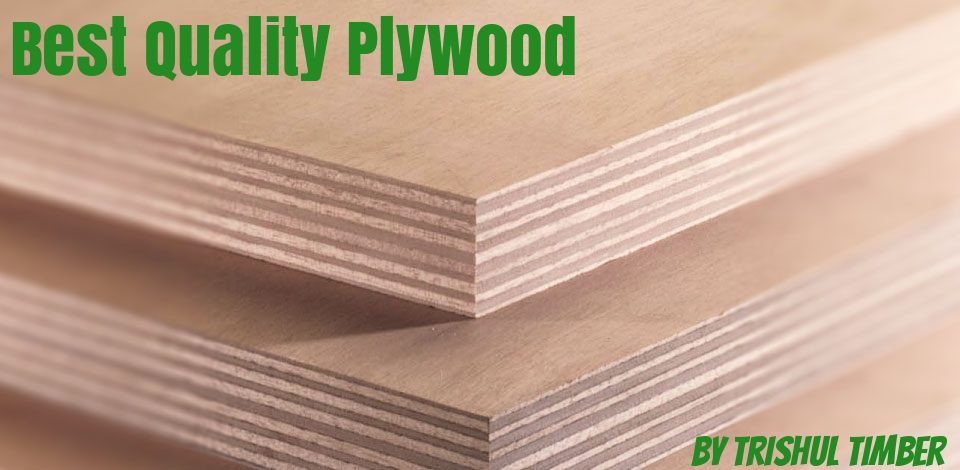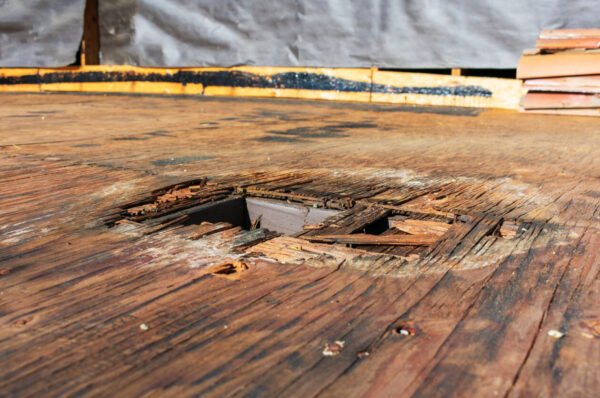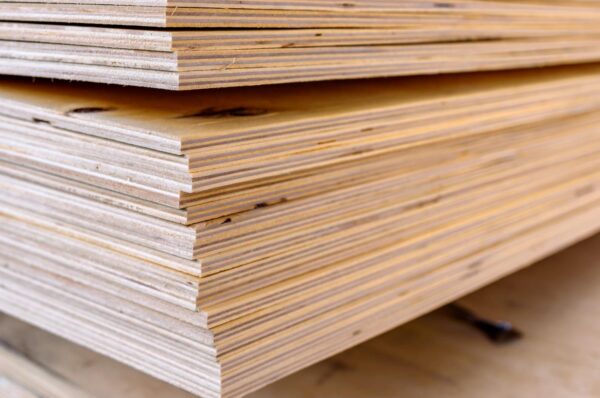When it comes to selecting plywood for your construction or furniture needs, it’s essential to choose the best quality available. High-quality plywood not only ensures durability and strength but also enhances the overall aesthetic appeal of your projects. However, with numerous options available in the Indian market, identifying the best quality plywood can be a daunting task. In this article, we will guide you through the process of identifying top-notch plywood in India, covering everything from checking the ISI marks, CML number to understanding the different types of plywood.
Types of Plywood in the Indian Market
Commercial Plywood:
Commercial plywood is commonly used for interior applications such as furniture, cabinetry, and paneling. It is cost-effective and suitable for projects where moisture exposure is minimal.
Marine Plywood:
Marine plywood is designed to withstand high levels of moisture, making it ideal for applications exposed to water, such as boat construction, bathrooms, and kitchens. It is made with water-resistant glue and high-quality hardwood veneers.
Moisture Resistant Plywood:
Moisture resistant plywood offers better protection against moisture compared to commercial plywood. It is suitable for areas with moderate moisture exposure, like bathrooms and kitchens. However, it may not be entirely waterproof and should not be submerged in water.
Benefits of Using High-Quality Plywood
- Strength and Durability: High-quality plywood exhibits enhanced strength and durability, making it suitable for long-lasting constructions and furniture.
- Moisture Resistance: Top-grade plywood is often designed to withstand moisture, making it ideal for applications in humid environments or areas prone to water exposure.
- Aesthetics: Premium plywood is available in various attractive finishes, veneers, and patterns, allowing you to achieve a visually appealing look for your projects.
- Versatility: Plywood can be used in a wide range of applications, including furniture, cabinetry, flooring, paneling, and more.
Tips for Identifying the Best Quality Plywood
1. Visual Inspection:
Check for any visible defects like cracks, warping, or overlapping layers. Examine the edges for voids or gaps between plies, which may indicate poor quality.
2. Check for ISI Mark
Look for the ISI mark on the plywood sheet, which indicates that it complies with the quality standards set by the Bureau of Indian Standards. This mark ensures that the plywood has undergone rigorous testing and meets the required specifications.
3. Examine the Core Material
The core material of plywood plays a crucial role in its strength and durability. Opt for plywood with a solid and dense core made of high-quality hardwood or eucalyptus. Avoid plywood with gaps or voids in the core as it compromises structural integrity.
Different Core Material available:
- Gurjan Wood: Known for its exceptional strength and resistance to moisture, it is commonly used in high-quality plywood.
- Poplar Wood: Offers good strength and is an affordable option for interior applications.
- Eucalyptus Wood: Provides moderate strength and is often used in commercial plywood.
- Hardwood: Known for its durability, hardwood cores contribute to the overall strength and stability of the plywood.
4. Inspect the Thickness and Number of Layers
Thicker plywood tends to be stronger and more durable. Check the thickness of the plywood sheet and ensure that it is consistent throughout. Additionally, the number of layers indicates the plywood’s strength. Higher-quality plywood generally has more layers, providing enhanced stability.
5. Evaluate the Quality of Veneers
Inspect the surface veneers for any visible defects, such as cracks, patches, or overlapping. High-quality plywood has smooth and even veneers without any irregularities. The veneer should also be uniform in thickness and free from knots.
6. Consider the Glue Used
The type of glue used in plywood manufacturing affects its resistance to moisture and durability. Opt for plywood with waterproof or boiling waterproof glue to ensure better performance and longevity, especially in humid environments.
Types of Glue
- Phenol Formaldehyde (PF) Resin: Ideal for marine-grade plywood due to its excellent waterproof properties.
- Melamine Urea Formaldehyde (MUF) Resin: Commonly used in exterior and interior plywood.
- Urea Formaldehyde (UF) Resin: Suitable for interior applications with limited exposure to moisture.
7. Assess the Weight and Density
Heavier plywood often indicates denser and sturdier construction. Lift the plywood sheet and assess its weight. Additionally, check the density specifications provided by the manufacturer to ensure you choose the right plywood for your specific application.
8. Look for Certifications
Apart from the ISI mark, look for additional certifications such as the ISO certification or the Forest Stewardship Council (FSC) certification. These certifications guarantee sustainable sourcing practices and adherence to international quality standards.
Understanding the CML Number
The CML (Conformity Marking and Labelling) number is a unique identification mark given to plywood manufacturers by the Bureau of Indian Standards (BIS). This mark indicates that the plywood adheres to the quality standards set by BIS. To check the CML number, look for a stamp or label on the plywood sheet. You can verify the authenticity of the CML number on the BIS website or by contacting the manufacturer directly.
Selecting the best quality plywood in India requires careful consideration of various factors, including the CML number, types of plywood, and evaluation of key characteristics. By following the tips provided in this article and conducting thorough inspections, you can make an informed decision and choose plywood that meets your project requirements while ensuring durability and longevity. Remember to prioritize quality and seek professional advice if needed to achieve the best results.




